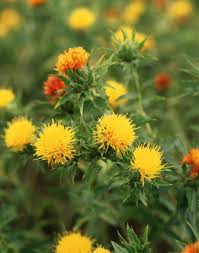The effect of irrigation regimes on qualitative and quantitative properties of three varieties of spring safflowers
Abstract
For optimum water resources utilization especially in arid and semi-arid rejoins in which the surface irrigation is prevailed, the effect of water stress on plants yield and yield quality through increasing irrigation interval is required. Safflower is a salt and drought tolerance plant, which is planted in 3000 hectare in Esfahan province. The effect of irrigation regimes on qualitative and quantitative seed yield of three safflower cultivars namely: Sofea, Arak and Goldasht for irrigation interval of 10, 15, 20 and 25 days were studied, using a split plot design in four replications. The Irrigation regimes were in the main plots and genotypes in the sub plots. The duration of vegetative and productive growth stages and plant dry weight at full flowering stage, plant height, number of head per plant, weight of thousand seeds, plot yield and, percent seed oil content were measured for each plot. The results were analyzed and the means were compared using Duncan,s multiple range test (P<0.05). The results show that the seed yield decreases by increasing irrigation intervals and there is no significant difference between 10 and 15 days irrigation intervals. Increasing irrigation interval enhanced crop maturity. Among studied safflower genotype: Sofea seed yield, were higher and lower than Arak and Goldasht, respectively. Sofea had the tallest main stem and Goldasht the highest seed weight.

Published
How to Cite
Issue
Section
Copyright (c) 2024 Mohammad Reza Shahsavari

This work is licensed under a Creative Commons Attribution-NonCommercial-NoDerivatives 4.0 International License.



